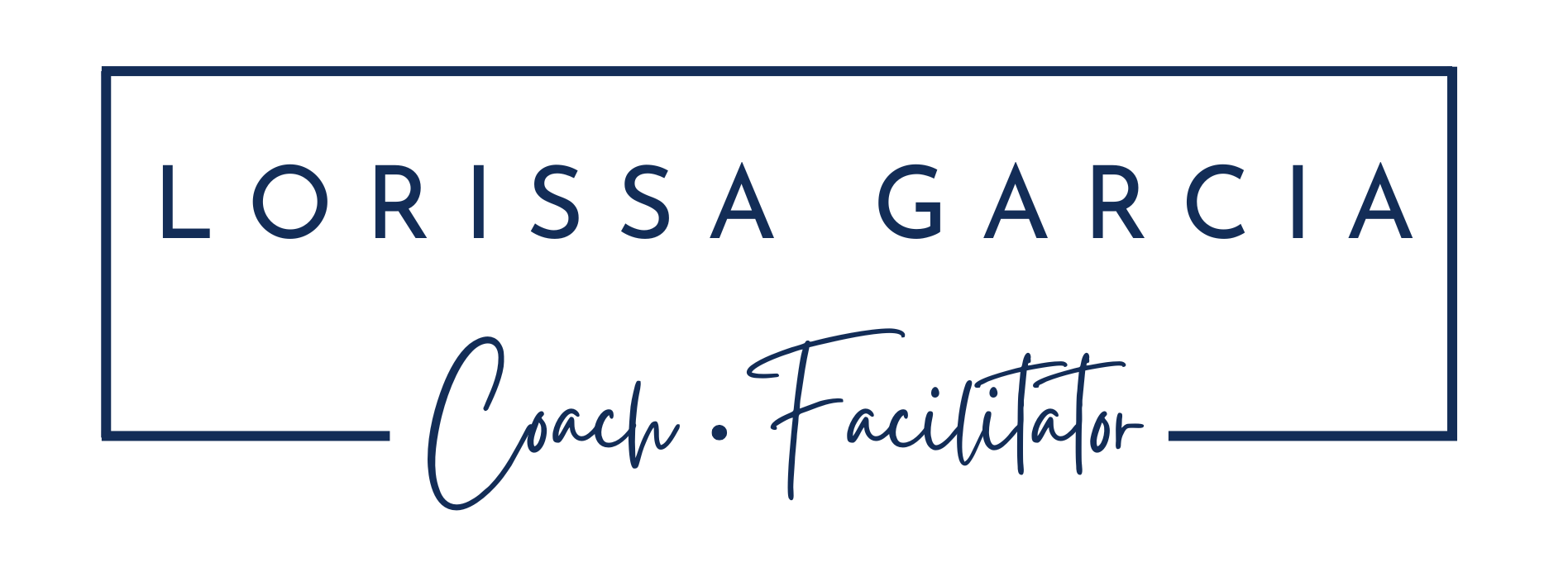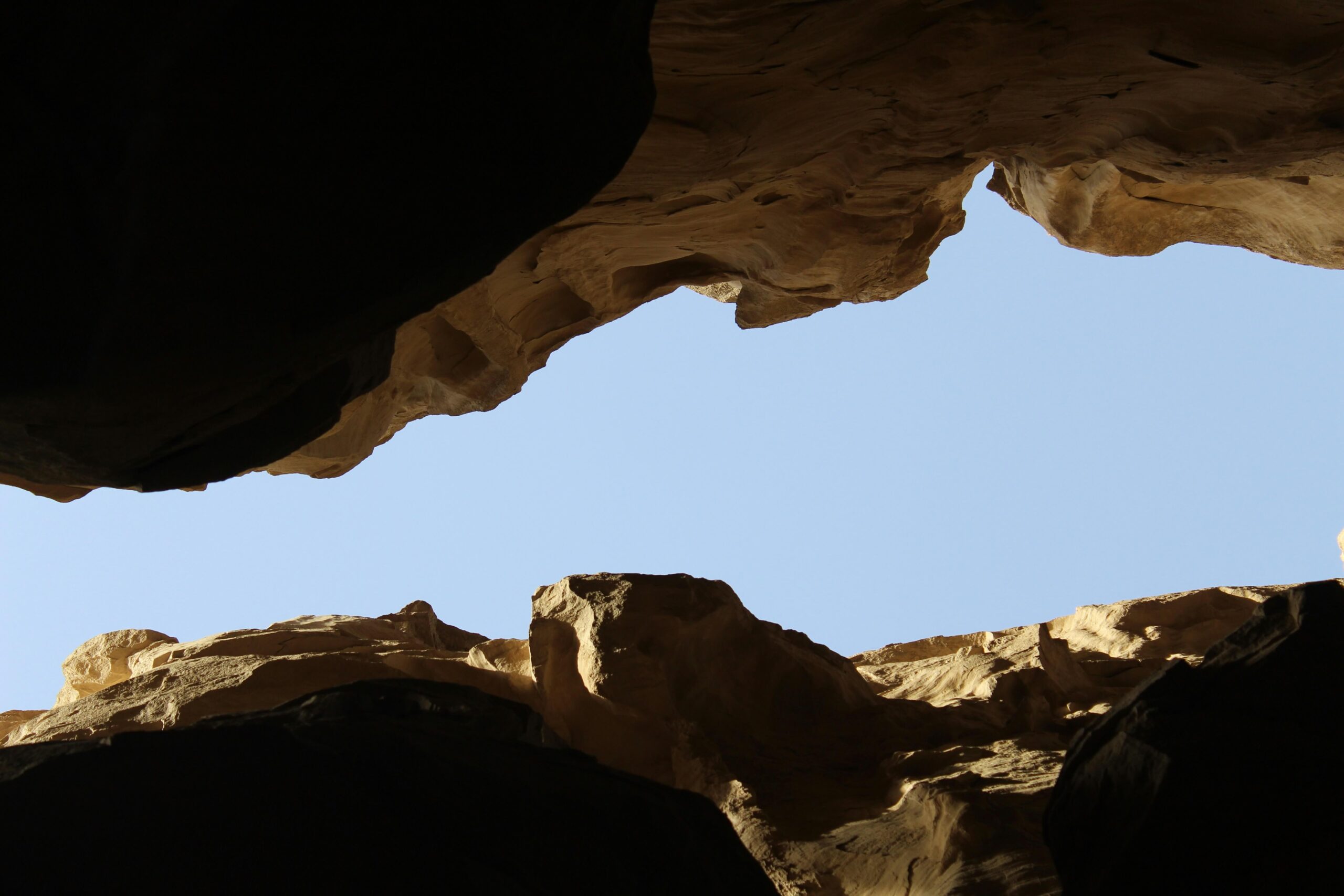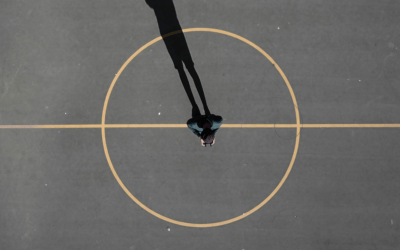As leaders, our intentions around good leadership are often grounded in the desire to inspire, empower and foster positive relationships. However, the true test lies in the impact our actions have on others and the world around us.
It is in this space that lies leadership effectiveness, and an understanding of our people and the environment we are operating in.
At times however, there is a gap between intention and impact, a delta that exists when one’s intended actions or decisions don’t hit the mark to have a positive impact, or in fact, has the opposite potentially damaging impact on a relationship or outcome. It’s the oh-no moment, realised immediately, or perhaps in the 3 am pillow-thoughts. Even worse, it doesn’t become a conscious thought until it is called out by the team member or members that have been negatively impacted.
Our intentions are often a reflection of our inner world; our beliefs, values, narratives, and the strengths we bring to our role and relationships. The intentions often line up with our idea of the ideal world around us. Yet, without careful introspection and understanding, these very intentions can become buried by unintended consequences, leading to missed opportunities and unintended results.
One significant factor contributing to the gap between intention and impact is a lack of self-awareness. As leaders, we must actively seek feedback, open ourselves to diverse perspectives, and reflect on the effects of our actions. A failure to recognise and acknowledge our blind spots can lead to unintended harm or lost chances to inspire and uplift those we lead. Embracing the learning that arises from these moments, however, empowers leaders to make purposeful changes and bridge the gap that may be having a detrimental effect on their work relationships.
Another factor I see often in my coaching is the context and the ability as leaders to adapt and recalibrate when the context changes. Changes in organisational structures, strategies, internal talent & capability or external landscapes (think your traditional PESTLE/STEEPLE models here) can shift the context and the expectations, meaning the gaps may widen or the positive impact is less effective.
To focus in on this gap, here are some considerations:
- Get familiar with your strengths and weaknesses – there are multiple tools to assess your preferences, styles and leadership
- Seek out feedback often – this means a willingness to be vulnerable and ask for inputs from your team on a regular basis. Ask questions that solicit feedback for specific situations, through formalised 360’s and as part of performance appraisal processes
- Start a reflective practice – reflective practice comes from reflecting on your impact – replaying situations where things went well, examining the things that didn’t, asking yourself deep questions, looking to how your actions make others feel, how your style makes you feel, and being brutally honest with what comes up for you
- Find your trusted advisors – choosing a person or people that you know you can take your challenges to to talk through provides a support network, challenger, supporter, advocate and a mirror. Choose carefully so you get rounded perspectives for professional growth.
- Get yourself a coach – having a coach changed my entire career trajectory. Having someone in your corner to bounce around ideas, talk safely about concerns, understand your patterns and behaviours, challenge your growth and most of all, build your self awareness and leadership capability is the greatest investment you can make.
In conclusion, understanding and addressing the gap between intention and impact is essential for effective leadership and personal growth. By cultivating self-awareness, staying attuned to evolving contexts, and embracing vulnerability, leaders can uncover the lost opportunities that lie within this gap. As we navigate the complexities of leadership, let us be mindful that it is not only our intentions that matter but also the profound and lasting impact our actions can have on others and the world around us.




